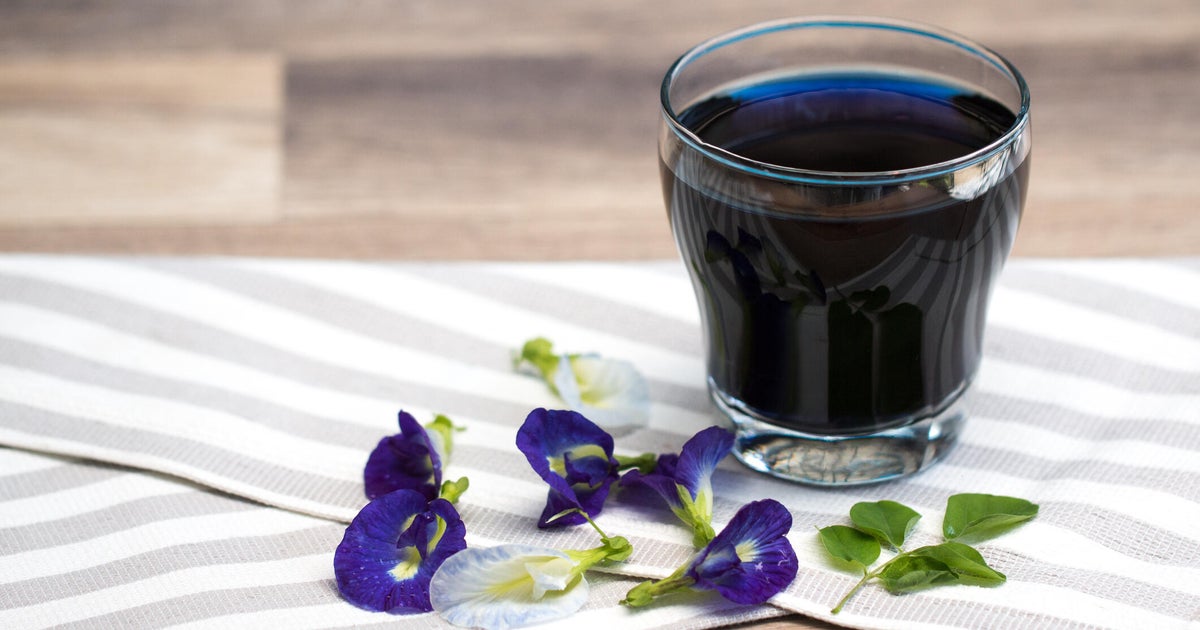

The FDA recently approved three new natural food colorings, expanding the palette of options available to food manufacturers seeking alternatives to synthetic dyes. These approvals represent a step towards meeting consumer demand for cleaner labels and more naturally derived ingredients. While the specific applications will depend on the manufacturer's formulations, here's what we know about the approved colors: While the FDA doesn't release specific details on the chemical composition of these color additives, the approvals themselves reveal the sources and intended uses. The precise shades achievable will also vary based on concentration and other ingredients used. It's crucial to note that the FDA doesn't publicly release detailed information about the specific chemical makeup of these newly approved color additives. The information available generally focuses on the source material and intended use. To get the specifics on the exact chemical composition and potential applications for each color additive, one would need to consult the official FDA filings and announcements associated with these approvals. These documents are often available on the FDA's website. This is likely because: Proprietary information: Companies seeking FDA approval often include proprietary information in their applications, which the FDA keeps confidential to protect trade secrets. Complexity of chemical analysis: Natural colorants are often complex mixtures of different compounds. A complete chemical analysis can be lengthy and expensive. In summary: The FDA's approval of these three natural food colors represents progress in the food industry's move towards more natural ingredients. However, the precise details regarding the chemical structures and complete range of their applications remain largely undisclosed for commercial reasons. To gain a comprehensive understanding, direct access to the FDA's approval documents is necessary.

The U.S. Food and Drug Administration announced Friday it has approved the use of three color additives from natural sources for manufacturers to safely use in food. The move comes amid growing concerns about the , which has led to action at state and national levels.
Last month, Health and Human Services Secretary Robert F. Kennedy, Jr. to by the end of next year. Earlier this year, a announced its plan to ban seven artificial food dyes — one of the most comprehensive statewide bans of its kind.
The food dye industry has denied any safety concerns with artificial dyes. The International Association of Color Manufacturers previously said in a statement that artificial dyes are "essential for consistency, visual appeal, and consumer trust in food products."
In a , Kennedy called the latest natural food color approvals "a major step to Make America Healthy Again," a nod to his .
"For too long, our food system has relied on synthetic, petroleum-based dyes that offer no nutritional value and pose unnecessary health risks," he said. "We're removing these dyes and approving safe, natural alternatives to protect families and support healthier choices."
While the administration's goal is to replace petroleum-based dyes with natural alternatives in the U.S. food supply, the FDA has stopped short of an outright ban. Instead, FDA Commissioner Marty Makary told reporters last month that the agency will be accelerating the review and approval of some new natural color additives.
Here are the latest "natural" color additive options, which includes one new approval and two existing approvals that have been expanded:
Galdieria extract blue is a blue color derived from a species of microalgae Galdieria sulphuraria, the , adding it can be mixed with "authorized food-grade carriers and antioxidants" to stabilize the color.
The color has been approved for use in a variety of beverages, including fruit and vegetable juices, fruit and dairy-based smoothies, flavored milks, yogurt drinks as well as milk-based meal replacements.
Galdieria extract blue has also been approved for use in certain foods, including breakfast cereal coatings, hard and soft candy, chewing gum, flavored frostings, ice cream, frozen dairy desserts, frozen fruits, water ices, popsicles, gelatin desserts and puddings and custards, as well as dairy and non-dairy creamers and whipped toppings.
Butterfly pea flower extract, another blue dye that can be used to to achieve purples and greens, was already approved for use in several foods ranging from soft drinks to chewing gum. It is produced through water extraction of butterfly pea plants' dried flower petals.
The latest approval expanded its use to cereals, crackers, snack mixes, pretzels and chips.
Calcium phosphate, which the FDA actually describes as a "," is a white color approved for use in ready-to-eat chicken products, white candy melts, doughnut sugar and sugar for coated candies.
The compound was already listed by the agency as "generally recognized as safe" for use as a nutrient or ingredient in food.




